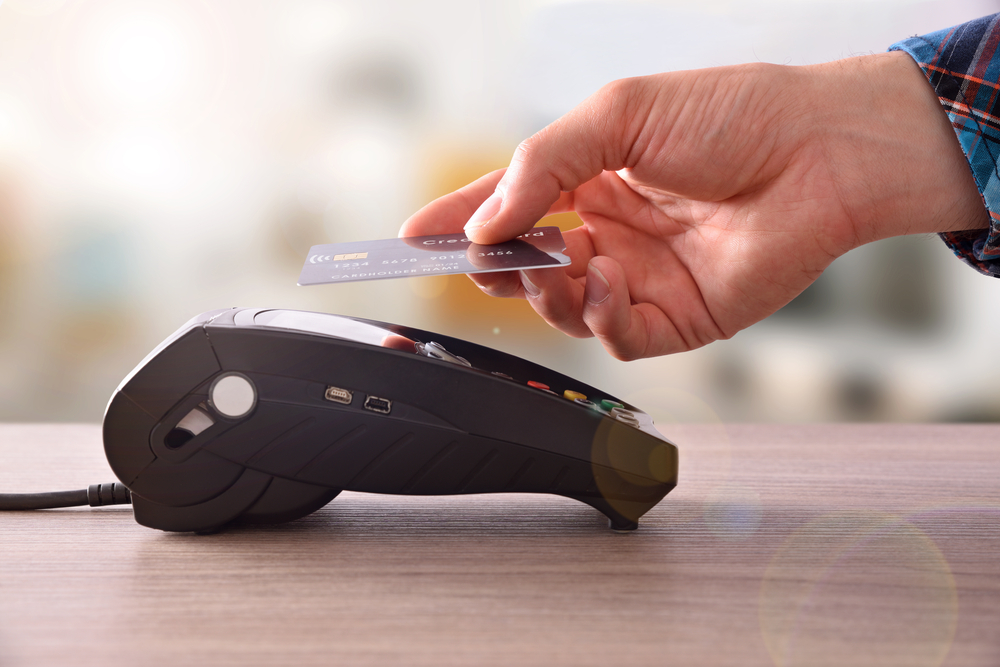
Contactless payment has become the most popular way for Finns to pay at physical points of sale. Payment statistics for 2019 published by the Bank of Finland show that the number of contactless payment transactions grew by 45% during one year, and their value almost doubled. The volume of contactless payments now surpasses the volume of card payments with a PIN code.
With the increase in electronic payments and the growing popularity of smartphone payment applications, such as MobilePay and Siirto in Finland, the use of cash has been on the decline for several years. The coronavirus pandemic has also made cash a less attractive option for hygienic reasons.
However, cash distribution channels have diversified since 2018. There are more ATMs than before, and more consumers have become aware of the possibility of debit card cashback in connection with making purchases. In addition to bank branches and ATMs, cash can be withdrawn from thousands of physical stores and kiosks across Finland, since most Finnish banks have an agreement for a cash withdrawal service with select retail chains and service points. Some banks can also send cash to their customers by mail.
”The convenience of digital payment methods makes their increasing popularity easy to understand, even as cash is still readily available as an alternative”, says Inkeri Tolvanen, head of payment systems at Finance Finland.
According to Tolvanen, cashback has growth potential in Finland. However, only 1% of all cash withdrawals are made this way, and only 7% of Finns now use cash as their main means of payment for buying groceries.
Some customers may be sceptical about withdrawing cash from stores. According to Tolvanen, however, cashback is every bit as safe as an ATM withdrawal – perhaps even safer. The store may feel like a safer environment than being alone at an isolated ATM. The customer should nevertheless stick to the general principles of card safety, such as covering their PIN.
“Cash will not disappear in the near future. Its accessibility is important for many seniors and people who are unable to use digital services. However, the digital skills of seniors are improving rapidly. According to our public survey, 70% of 75-79-year-olds most often use online banking to pay their bills”, says Tolvanen.
Still have questions?
|Contact FFI experts



